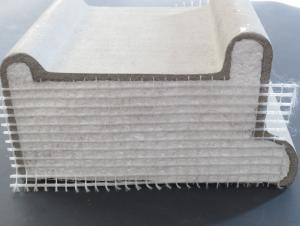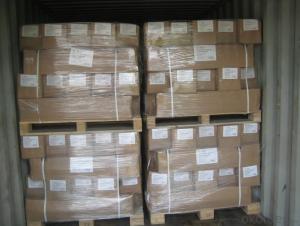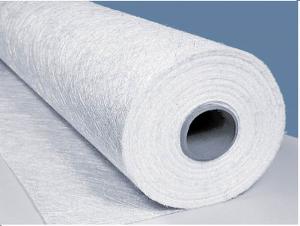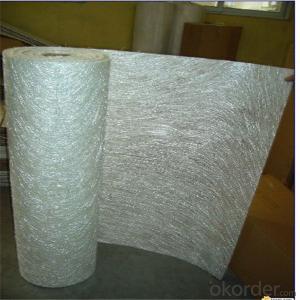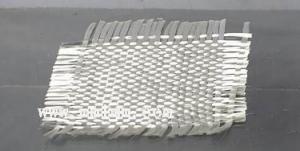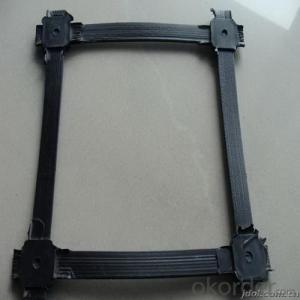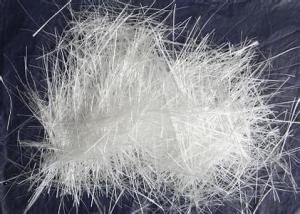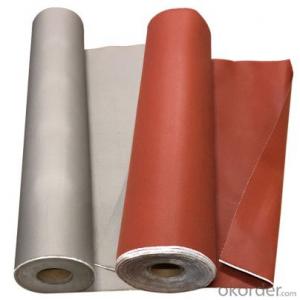All Categories
- - Steel Wire Rod
- - Steel Coils
- - Steel Profiles
- - Steel Pipes
- - Stainless Steel
- - Tinplate
- - Special Steel
- - Steel Sheets
- - Steel Rebars
- - Steel Strips
- - Hot Rolled Steel
- - Cold Rolled Steel
- - Pre-painted Steel
- - Seamless Steel Pipe
- - Welded Steel Pipe
- - Hollow Steel Tubes
- - Galvanized Pipe
- - Stainless Steel Coil
- - Stainless Steel Sheet
- - Stainless Steel Plate
- - Stainless Steel Strips
- - Electrolytic Tinplate Coil
- - Electrolytic Tinplate Sheet
- - Stainless Steel Rebars
- - Solar Panels
- - Solar Water Heater
- - Solar Related Products
- - Solar Inverter
- - Solar Cells
- - Solar Light
- - Solar Energy Systems
- - Solar Controllers
- - Solar Mounting System
- - Solar Pump
- - Solar Chargers
- - Fiberglass Chopped Strand
- - Fiberglass Mesh Cloth
- - Composite Pipes
- - FRP Pultrusion Profiles
- - Fiberglass Mat Tissue
- - Fiberglass Fabrics
- - Fiberglass Mesh
- - Composite Tank
- - Fiberglass Mesh tape
- - Polymer
- - FRP Roofing Panel
- - Fiberglass Roving
- - Monolithic Refractories
- - Ceramic Fiber Products
- - Refractory Bricks
- - Raw Materials For Refractory
- - Suspended Platform
- - Cranes
- - Concrete Machinery
- - Earthmoving Machinery
- - Building Hoist
- - Road Building Machinery
- - Plastic Pipe Fittings
- - Plastic Tubes
- - Plastic Sheets
- - Agricultural Plastic Products
- - Plastic Nets
 All Categories
All Categories
Q & A
What are the key differences between cold rolled steel and copper?
Cold rolled steel and copper are two different materials with distinct properties and uses.
One key difference between cold rolled steel and copper is their composition. Cold rolled steel is primarily made from iron, with small amounts of carbon and other elements added to enhance its strength and durability. Copper, on the other hand, is a pure metal with excellent electrical and thermal conductivity.
Another significant difference lies in their appearance and finish. Cold rolled steel has a smooth, shiny surface with a uniform texture, while copper features a distinct reddish-brown color that develops a patina over time.
In terms of strength and toughness, cold rolled steel is generally stronger and more rigid than copper. It is often used in construction, manufacturing, and structural applications that require high strength and load-bearing capacity. Copper, on the other hand, is softer and more malleable, making it suitable for electrical wiring, plumbing, and decorative purposes.
Furthermore, cold rolled steel and copper have different corrosion resistance properties. Steel is prone to rust and requires protective coatings to prevent it from corroding. Copper, on the other hand, is highly corrosion-resistant and can withstand exposure to moisture and various environments without degradation.
Finally, cost is another key difference between the two materials. Cold rolled steel is generally less expensive than copper, making it a more cost-effective choice for many applications.
Overall, while both cold rolled steel and copper have their own unique properties and applications, their differences in composition, appearance, strength, corrosion resistance, and cost make them suitable for different purposes.
What is the effect of temperature changes on the dimensions of fiberglass fabric composites?
Temperature changes can cause thermal expansion or contraction in fiberglass fabric composites, resulting in changes in their dimensions. As the temperature increases, the composites may expand, causing an increase in their dimensions. Conversely, when the temperature decreases, the composites may contract, leading to a decrease in their dimensions. These changes in dimensions can potentially impact the structural integrity and performance of the fiberglass fabric composites.
What are the different widths available for fiberglass fabric?
The different widths available for fiberglass fabric can vary, but common options include 36 inches, 50 inches, and 60 inches.
What are the strength properties of fiberglass fabric?
The strength properties of fiberglass fabric include high tensile strength, excellent resistance to tearing and puncturing, and good dimensional stability. It also has a high strength-to-weight ratio, making it a lightweight yet strong material. Additionally, fiberglass fabric has good impact resistance and is highly durable, making it suitable for various applications requiring strength and durability.
Wholesale Fiberglass Fabrics from supplier in Slovenia
We are a Fiberglass Fabrics supplier serving the Slovenia, mainly engaged in the sale, quotation, and technical support services of various Fiberglass Fabrics products in the Slovenia region. We are a subsidiary platform of the Fortune Global 500 company CNBM, able to provide you with one-stop Fiberglass Fabrics procurement services in the Slovenia. Not only do we have a wide range of Fiberglass Fabrics products, but after years of market development in the Slovenia, we can also provide valuable experience for your projects.
Hot Search
- Fiberglass Chopped Strand in South Korea
- Fiberglass Mesh Cloth in Paraguay
- Composite Pipes in Dominica
- FRP Pultrusion Profiles in Montenegro
- Fiberglass Mat Tissue in Turkey
- Fiberglass Fabrics in Iceland
- Fiberglass Mesh in Papua New Guinea
- Composite Tank in Mali
- Fiberglass Mesh tape in Grenada
- Polymer in Spain

